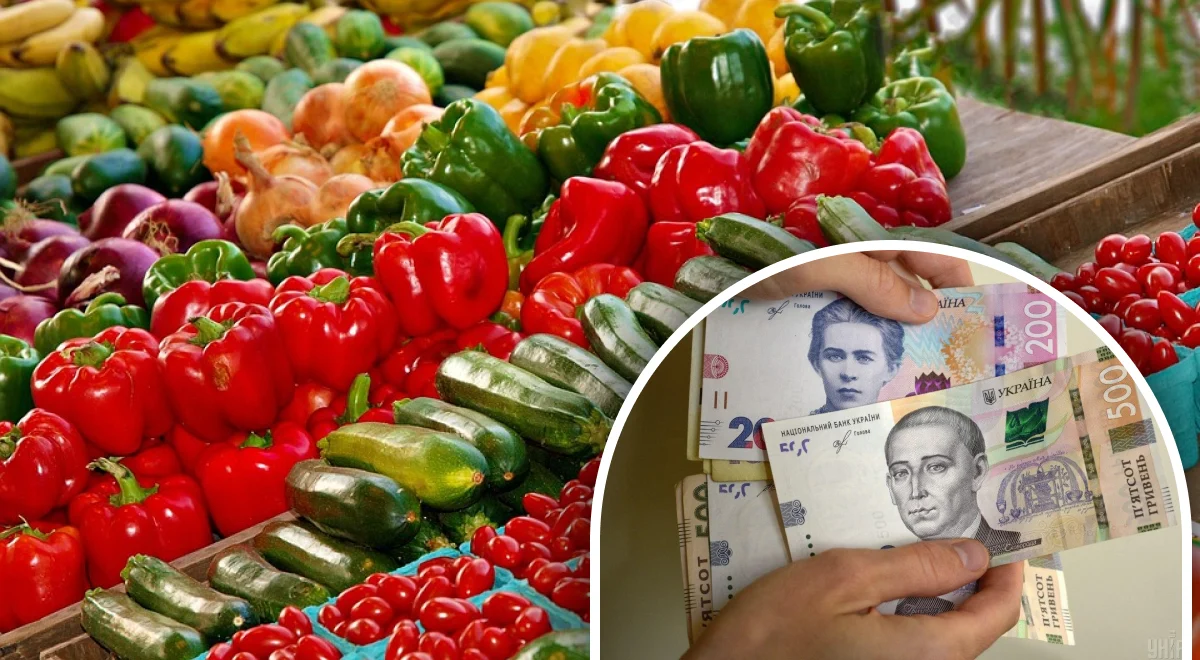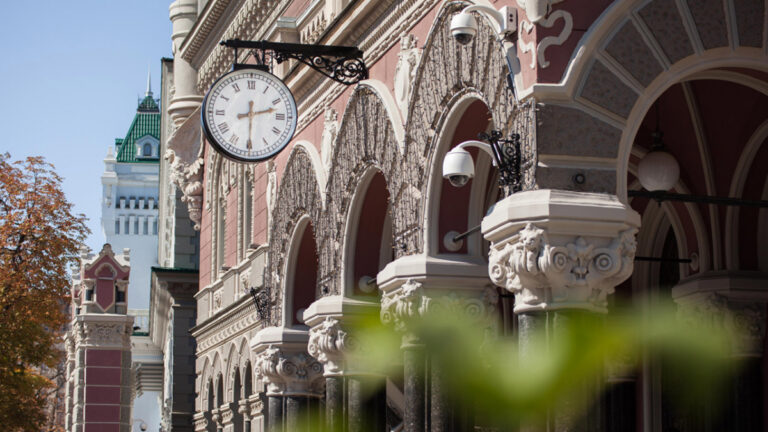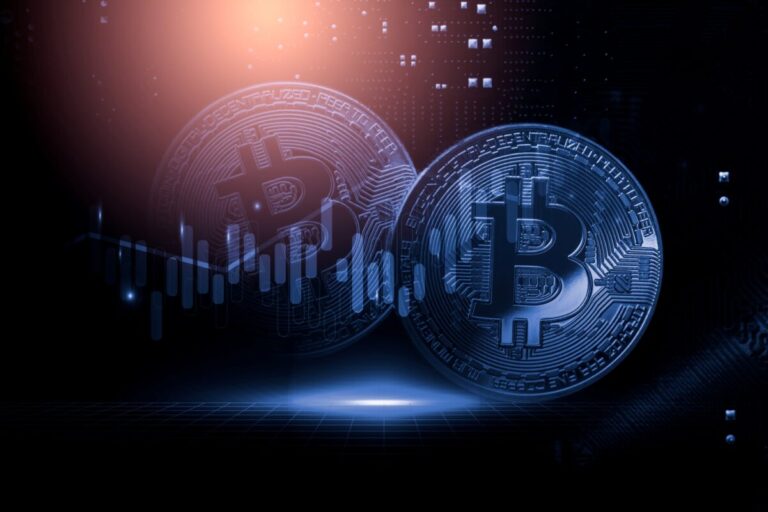
Why fruit and vegetable prices are surging in Ukraine: main factors and what to expect in 2025
In 2025, Ukrainians once again felt everyday products turning into a luxury. The sharpest price increases hit apples, white cabbage, and seasonal berries.
The main reason was anomalous spring frosts that swept across the country in April. As Maksym Hopka, an analyst at the Ukrainian Agribusiness Club (UCAB), notes:
“The frosts and rainy spring negatively affected the cultivation of early fruits and berries. Stone fruits, especially their early blossoms, and berries (strawberries) suffered most. This limited the supply on the market, which, in turn, drove up prices for these products.” (AgroReview)
The Berry Crisis: Record Prices
Cherries, strawberries, and sour cherries became the most scarce crops.
Due to the weather, according to agricultural experts, imported cherries in May 2025 cost over 1,000 UAH/kg (about $25/kg).
Strawberries in June reached 268 UAH/kg, almost three times higher than the previous year.
Inna Salo, senior researcher at the Institute of Agrarian Economics, forecasts:
“Due to insufficient market supply, high prices for stone fruits are likely to continue. For example, the current average retail price for sour cherries is 150-180 UAH per kg.”
Apples Now Cost More Than Bananas
July 2025 was a shock even for those accustomed to seasonal fluctuations:
- Granny Smith apples were selling at 99 UAH/kg, and Golden Delicious at 139 UAH/kg.
- For comparison, in July 2024, Ukrainian apples cost 31.6 UAH/kg (minfin.ua statistics).
The reasons for this surge, according to Maksym Hopka:
- Lower apple yields in 2024 due to spring frosts and drought.
- Increased exports of high-quality apples to the European market, particularly Poland and the Baltic countries.
Experts at EastFruit add:
“Procurement prices for the new apple harvest are 60-70 UAH/kg, almost 2.9 times higher than at the start of last season.”
The Cabbage “Surprise”: How War and Weather Affect Prices
White cabbage, traditionally considered one of the most affordable vegetables, also shocked buyers in 2025:
“Cabbage prices showed historic spikes in the first half of 2025. One reason is the low level of ‘borsch set’ vegetables stored over winter due to wartime risks. Stabilization is possible in July–August as open-field harvests from southern regions enter the market. However, a full return to 2024 price levels is unlikely because of higher production costs and infrastructure losses,” explains Hopka.
In July, supermarket cabbage prices reached 60.5 UAH/kg, but as new harvests hit the market, prices dropped to 14 UAH/kg (EastFruit data).
What Might Get Cheaper: Autumn Prospects
Market analysts and practitioners predict that some vegetables and fruits will become more affordable in the second half of 2025:
- Cucumbers, tomatoes, zucchini thanks to abundant supply from greenhouses and open fields.
- Watermelons and melons if weather in Kherson, Mykolaiv, and Odesa is favorable and imports from Turkey remain stable, prices could fall to 7-8 UAH/kg.
- Carrots and beets after the autumn harvest, with large volumes entering the market.
Maksym Hopka emphasizes:
“Farmers are gradually restoring watermelon and melon production after heavy losses due to the occupation of southern regions. Under favorable conditions, yields in 2025 may surpass last year’s.”
Conclusions and Recommendations
- The main reasons for price spikes are anomalous weather (frost, drought), as well as the impact of war and logistics challenges.
- Prices for apples, cabbage, stone fruits, and berries in 2025 truly reached record highs confirmed by experts, industry media, and market monitoring.
- The second half of summer and autumn should bring price drops for some vegetables and fruits expect lower prices for watermelons, cucumbers, tomatoes, carrots, and beets.
- Consumers are advised to plan purchases based on seasonality and be prepared for sharp price changes in case of further weather or market shocks.
- For farmers and businesses it’s crucial to monitor the weather, plan stocks, and account for possible logistics disruptions.
Abnormal price surges are the result of nature, war, and market turbulence. But the main trend is that seasonal balance is gradually returning, and the market is quick to react to any shocks.














